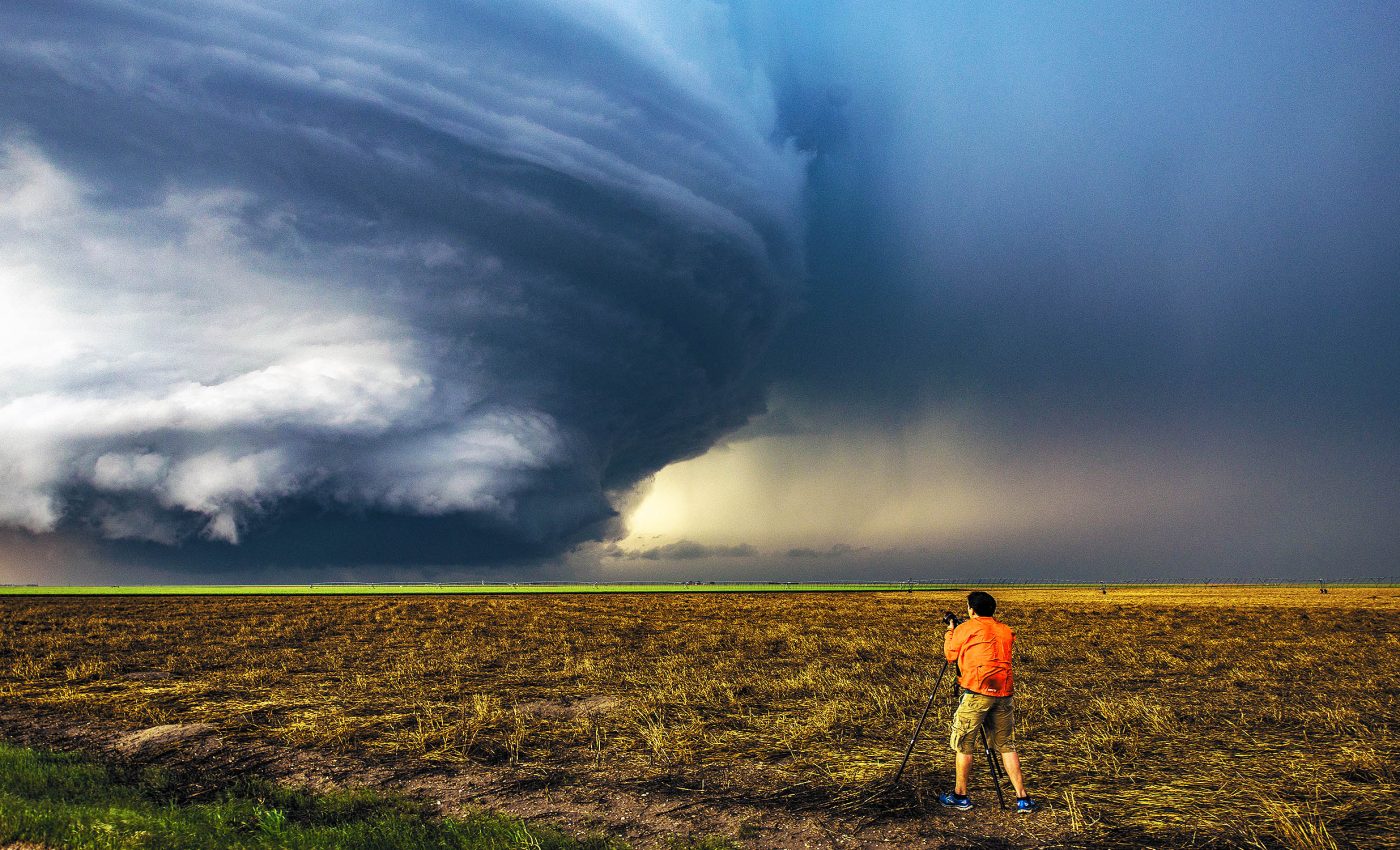
Why tens of millions of people love watching videos of extreme weather events
Extreme weather events are no longer a rarity. Hurricanes, storms, and other severe weather phenomena seem to be knocking on our doors, in every corner of the world, more frequently and with more fury.
Surprisingly for some, this wild weather escalation has further amplified public curiosity and led to the proliferation of live-streamed footage of these incidents.
Platforms like YouTube, TikTok, and Discord have become the digital front-row seats to witness Mother Nature’s fury.
Extreme weather watchers’ motivation
In an unparalleled effort to understand the underlying motivation of these viewers, a remarkable study was conducted by the University of Plymouth.
This research focused on the viewers of live-streams related to three events — Hurricane Irma in 2017, Hurricane Ian in 2022, and Storms Dudley, Eunice, and Franklin in 2022.
The intriguing approach of the study was to examine viewers’ comments, revealing that those situated in the disaster-hit areas utilized these digital platforms to communicate about the official risk advice they received — often questioning whether evacuation was necessary.
In contrast, other viewers found themselves glued to the live-streams due to their past connections with the affected regions.
These individuals, while experiencing emotional ties, appreciated the chance to express solidarity and send messages of hope for the areas caught in the weather vortex.
Commentary on modern human behavior
The research, published in the journal Environmental Hazards was conducted by Dr. Simon Dickinson, Lecturer in Geohazards and Risk at the University of Plymouth‘s School of Geography, Earth and Environmental Sciences.
He and his team took an in-depth look at nine live-streams of the 2017 and 2022 hurricanes and storms.
These streams collectively featured 65 hours of video footage, garnering the attention of over 1.8 million viewers globally.
“When dramatic things happen – whether that relates to extreme weather or events like tornados or volcanoes erupting – people flock to watch,” Dickinson observes.
This phenomenon, often dismissed as a form of online ‘rubber-necking’, turns out to be driven by complex reasons.
The allure of live-streaming lies in its real-time interaction, enabling people near and far from the event to share experiences and validate their understanding about the severity of the event and how hazards work.
The shared footage becomes a point of reference and an online gathering point, marking these digital spaces as communities of learning and emotional support.
Engagement and learning
During these live-streams, more than 14,300 comments were posted by 5,000 unique accounts, indicating higher-than-average audience engagement.
This level of interaction also underscores the significance of such live footage in generating international dialogue about pressing events.
Moreover, many of these live-streams leveraged existing webcam channels, repurposed to show the progress of the hurricanes or storms.
Casual beach or port conditions webcams, along with personal home security or doorbell cameras, transformed into crucial information sources during these events.
Learning from extreme weather live-streaming
Apart from fostering community, these live-streams play an essential educative role.
Dr. Dickinson highlighted the importance of informal discussions about natural hazards. He noted, “Although scientists are getting better at communicating risk, people are far more likely to discuss hazards in informal and relatively unmoderated settings.”
Dickinson explained that extreme weather events serve as catalysts for public engagement with environmental issues.
Moments of extreme weather are important because they focus people’s attention and generate discussion about hazards, how they work, and how they will increasingly affect us in future.
Dickinson concluded by describing them as “spaces of learning, community and emotional support in a world that can feel increasingly volatile.”
The meteorological events captured in these streams prompt people to learn more about the science at play, thus generating an appreciation for hazard risks.
Enhancing reach and interaction
The rise of advanced technology and social media platforms has profoundly enhanced the reach and interaction of extreme weather live-streams.
Drones equipped with high-definition cameras now provide unprecedented vantage points, capturing aerial footage of unfolding disasters.
Augmented reality (AR) and virtual reality (VR) offer immersive experiences, allowing viewers to feel as if they are within the storm itself.
Additionally, real-time chat features and geotagging enable a higher level of audience interaction, where viewers can ask questions, share local experiences, and obtain tailored advice from experts and fellow watchers.
Technology, extreme weather, and the future
In summary, this technological evolution increases weather and climate engagement, while amplifying the educational and communal aspects of these live-streams, making them indispensable tools for modern disaster response and awareness.
The study underscores the need to consider these spaces not merely as platforms for disaster voyeurism, but as crucial hubs for understanding hazardous events and their effects in a world that’s growing more unpredictable.
They serve as venues for learning, community-building and emotional support, making them an essential part of our evolving digital landscape.
The full study was published in the journal Environmental Hazards.
—–
Like what you read? Subscribe to our newsletter for engaging articles, exclusive content, and the latest updates.
Check us out on EarthSnap, a free app brought to you by Eric Ralls and Earth.com.
—–













